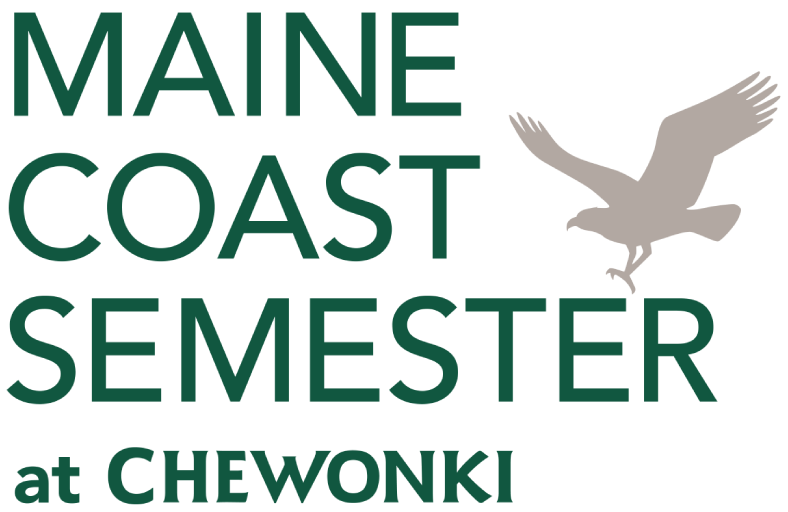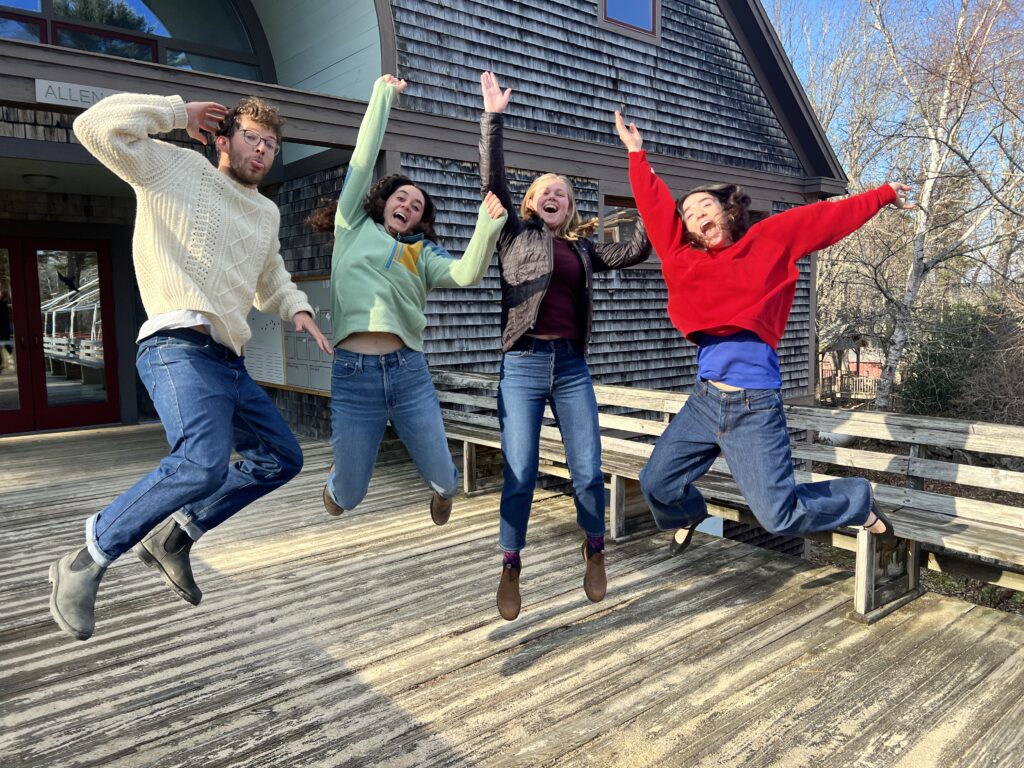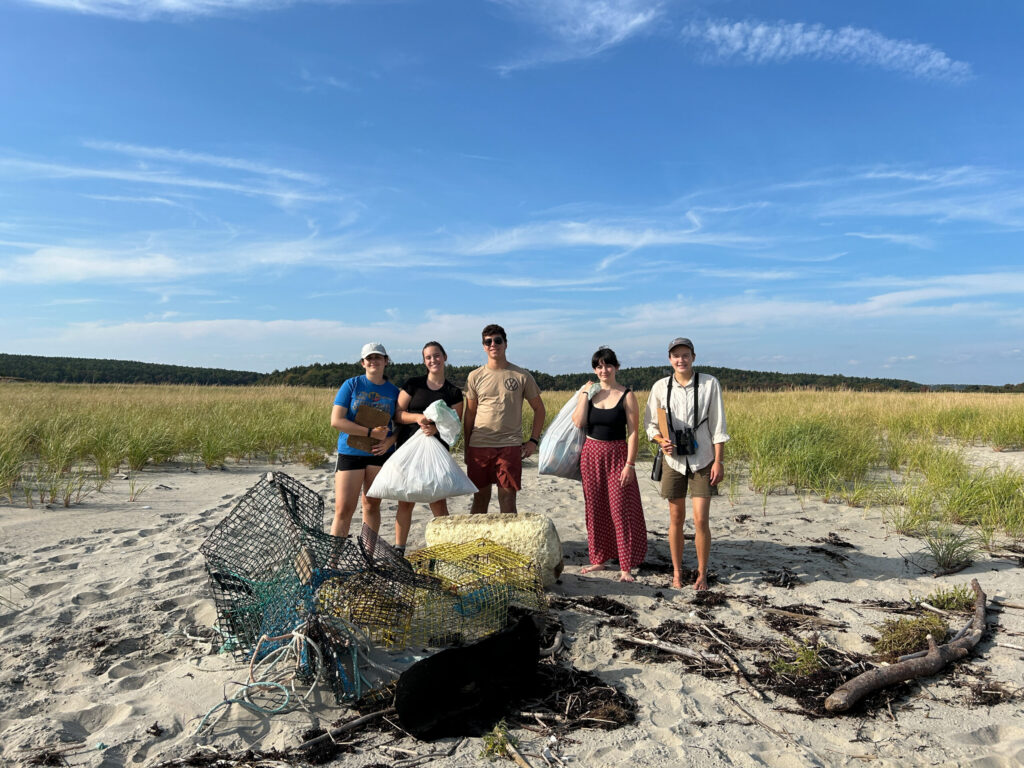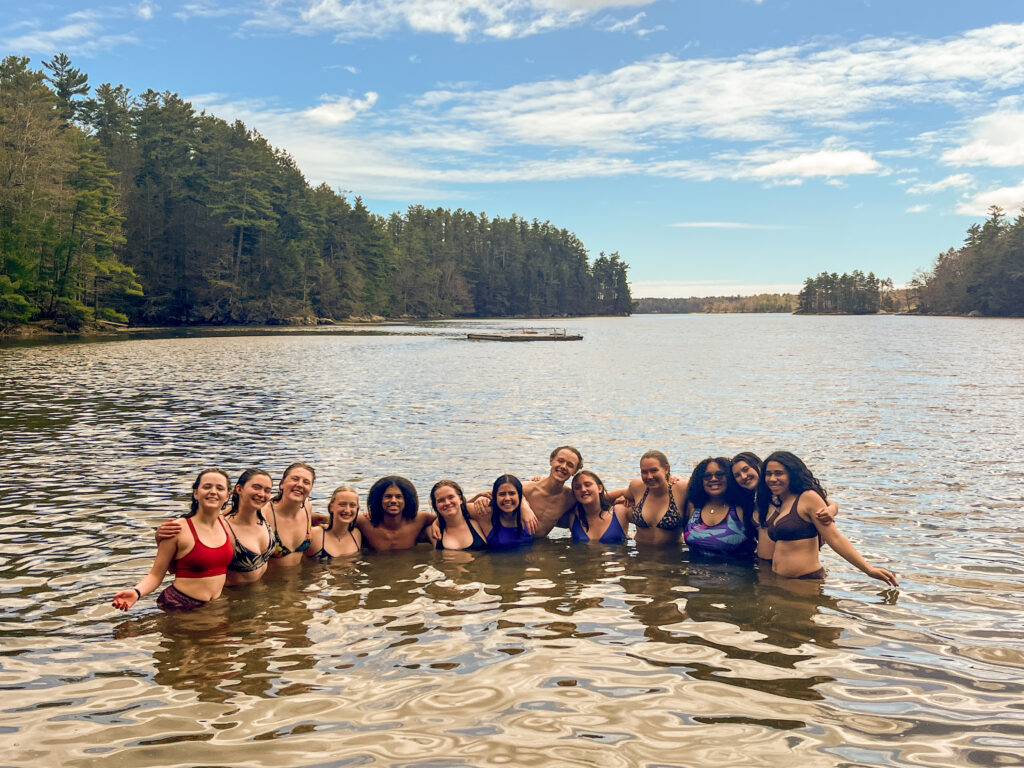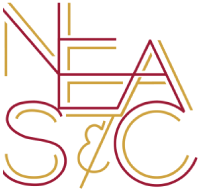When I heard the news that Maine Coast Semester was going virtual, I was afraid we would lose the experiential learning that makes a Chewonki education so valuable. I had a sinking realization that the integral parts of our semester school experience would vanish in a virtual setting. I wondered, how can we possibly transfer our curriculum involving the natural world to the Zoom classroom? How will we be able to continue to grow as a community when we’re all scattered across the country? Finally, how can we develop a deep connection to place, if that place is not Chewonki Neck?
While it is true that we had to leave many aspects of Chewonki behind when we departed – the beautiful scenery of the woods, waterfront, and snow covered fields; sleeping in cabins with our best friends; and most of our belongings, to name a few – we were able to retain the most important hands on learning in nature that we were promised from the beginning. Many of our classes have supported us in the process of gaining a strong connection to place, whatever that place may be. We are encouraged to go out in nature and observe with a sense of awe and wonder. It is because of Chewonki that I feel at home in the woods. I am drawn to explore every single day, and can even identify a few trees and bird calls. I can thank Chewonki for my appreciation of the emergence of spring, as I am struck every day by the beauty of this transformation as it manifests itself in the lush, green leaves and the blooming flowers.
In Natural History (Science) class, we have had weekly phenology assignments just as we did at Chewonki. The consequence of everybody being in different environments is that instead of having a site along Chewonki neck, we now have sites near our houses which we will observe for the rest of the semester, some being in our own backyards or on a webcam. Instead of forty-seven students concentrated in 400 acres of wooded land, we are now spread out across 1.9 billion acres. Perhaps one benefit of this shift is that we each got to choose a site for ourselves. I got to explore Tallman Mountain State Park, a beautiful forest right near my house in the Palisades, New York, and discovered a secluded pond that I have gotten to know over the past several weeks.
Although I was disappointed that I wouldn’t witness my phenology site on the coast of Maine, situated on the edge of a salt marsh, transform from its frozen winter facade to that of spring, I have been given the opportunity to mark my own territory in the woods and observe with excitement and attention to detail. In a direct parallel to phenology at Chewonki, our first assignment in both settings was to create a site map and describe what we notice about our sites, what it makes us wonder, and what it reminds us of. During our first week at Chewonki, we were led to our Phenology sites by faculty who knew the Maine Coast like the back of their hands, and now we pave our own paths with the confidence and intuition we gained at Chewonki.
I thank Chewonki for giving me an eye for the natural world, and I thank nature for making this quarantine tolerable.
Abby Chriss
